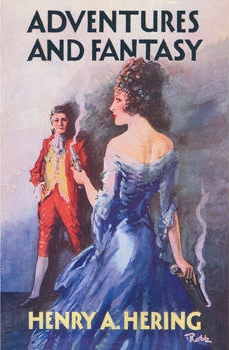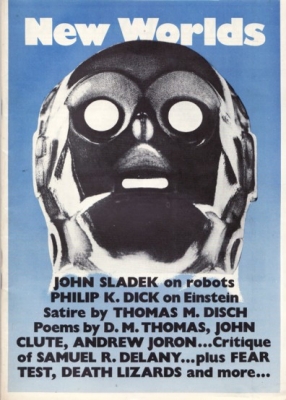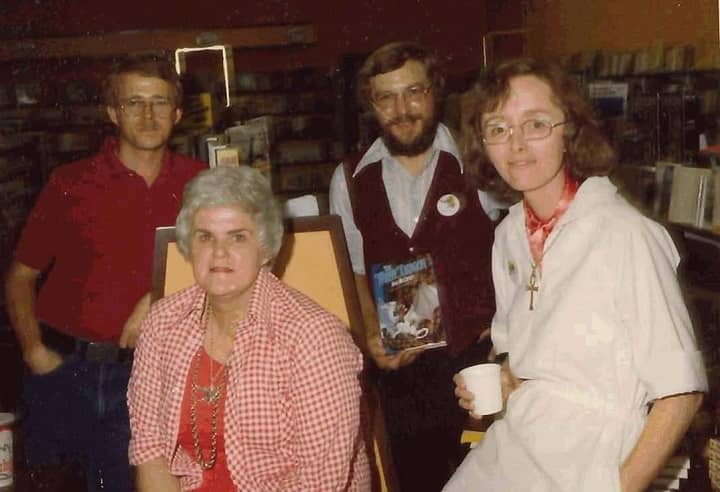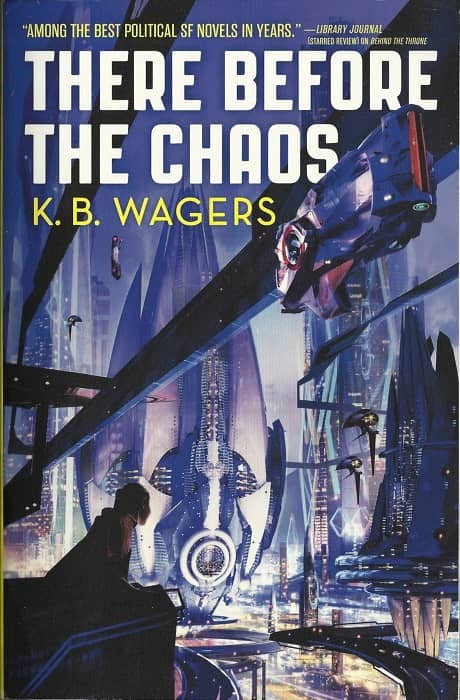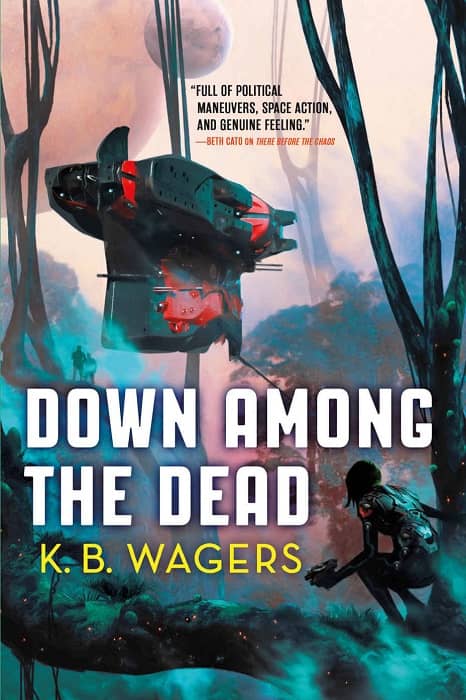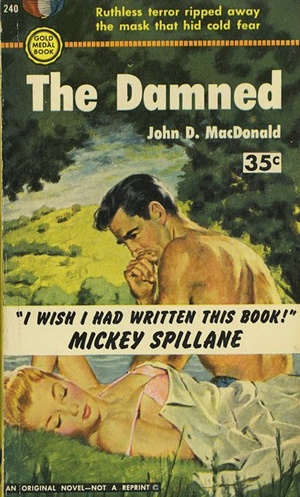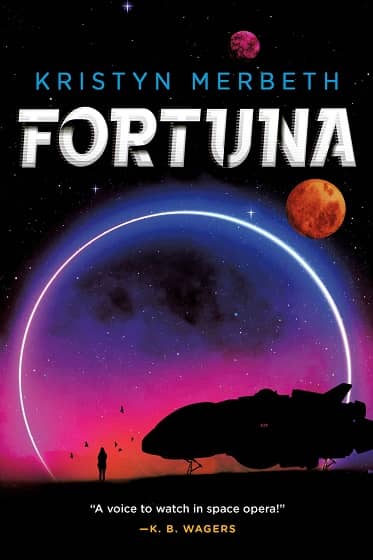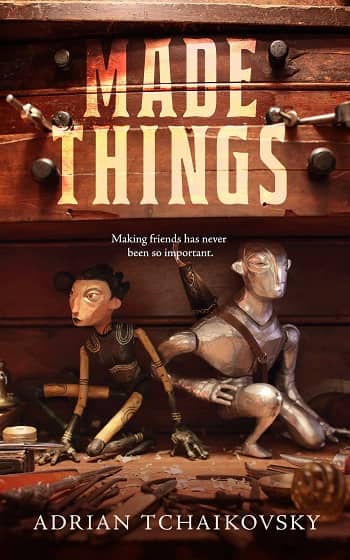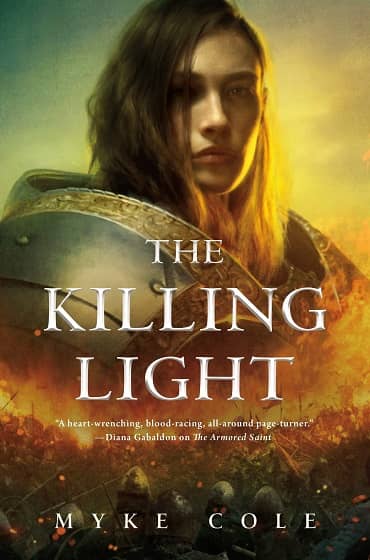Stories That Work: “Toppers” by Jason Sanford, and “Strange Waters” by Samantha Mills, from The New Voices of Science Fiction
 |
Cover by Matt Dixon
If I consider types of stories as a Venn diagram, two of the circles are “entertaining stories” and “moving stories.” They overlap but a large number of stories are one but not the other.
By “entertaining,” I mean that the situation, characters, events and writing are sufficiently distracting that I fall into the story and forget I’m reading. When I get to the end I feel my time was well-spent, but I’m not particularly changed by the experience. The story was fun. It’s the reading equivalent of watching The Last Starfighter. A great example of entertaining works I’ve read lately were Martha Wells’ The Murderbot Diaries.
A “moving” story gets to me emotionally/intellectually at the end. The writing may also be entertaining (remember that the circles overlap), but how I feel when I walk away is different. I’m thoughtful, emotional even. The story changed me. Saving Private Ryan or Schindler’s List are films that I’d say were “moving.” By my definitions, though, they weren’t “fun.” I can say a lot about those two stories, but I wouldn’t describe them as “entertaining” without a few caveats. Keye’s Flowers for Algernon moved me, as did Willis’s Lincoln’s Dreams and Leiber’s “A Pail of Air.”
